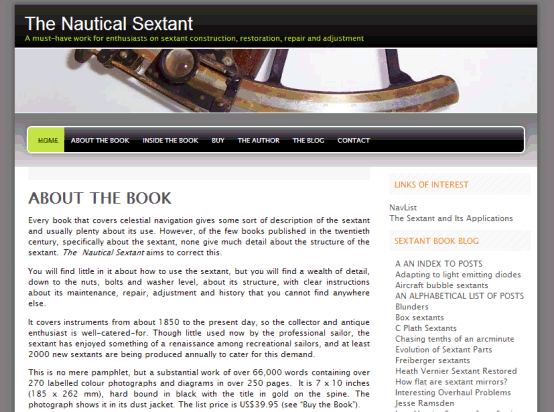There are two ways to define the second. First, there's the SI second. In other words, the exactly defined second based on physics and embodied in atomic clocks. It's a count of atomic vibrations with the exact numerical amount given by decree. Then there is the second based on the Earth's rotation such that the sidereal rate of the Earth's rotation has a fixed value. In other words, when the Earth spins around so that it faces the same spot in the heavens as defined by very distant astronomical objects, then a certain number of seconds has elapsed.
Everybody agrees on these two things, I hope.
The modern SI second was defined to match the Earth's rate of rotation late in the 19th century. We need leap seconds today primarily because the SI second is a little too quick relative to the rotation of the Earth. It's not that the Earth is slowing down every time a leap second gets thrown in. The leap second accounts for the cumulative change in rate in the past 120 years or so. It's the frequency of leap seconds that indicates the gradual changes in the Earth's rate of rotation. Now we need leap seconds every two years roughly. In a century, if we continue the leap second system, we will need leap seconds every six months (hmmm... that specific number may be wrong, but I will leave it for now).
As long as the almanacs are fundamentally keyed to the Earth's rotation, an "ideal" marine chronometer would keep time based on UT1 (which is nearly the same as the traditional GMT). Its rate would
be measured by ignoring leap seconds when observing rates over multi-year periods. On the other hand, we could count in the leap seconds and then the rate as given would be based on SI seconds, which of course has a lot of merit. But then to adjust it for celestial navigation use you would have to factor that adjustment back out at some point.
Of course, an "excellent" chronometer is not the same as an "ideal" chronometer. An "excellent" chronometer would be one that has a fixed, unchanging rate but does not need to keep time perfectly based on either UTC or UT1 seconds. If it gains a second an hour but does so perfectly for years and years, then it's an excellent chronometer. It may not read the correct time at some date in the future, but with an algorithm, we can figure out the correct time. An "ideal" chronometer would have a zero rate and we wouldn't need any algorithm to read the time from it. Once set, the time is correct on the face of
it. And that's where this question of UTC versus UT1 would actually be relevant. A celestial navigatorm assuming the almanacs don't change their time standard, would prefer a watch that displays at the long-term UT1 rate. It's rather amazing that cheap "dime store" watches have become so good in the 21st century that we can actually skip the idea of a merely excellent chronometer and actually consider the practical possibility of a (nearly) ideal chronometer.
-FER
----------------------------------------------------------------
NavList message boards and member settings: www.navlist.net/NavList
Members may optionally receive posts by email.
To cancel email delivery, send a message to NoMail[at]navlist.net
----------------------------------------------------------------







